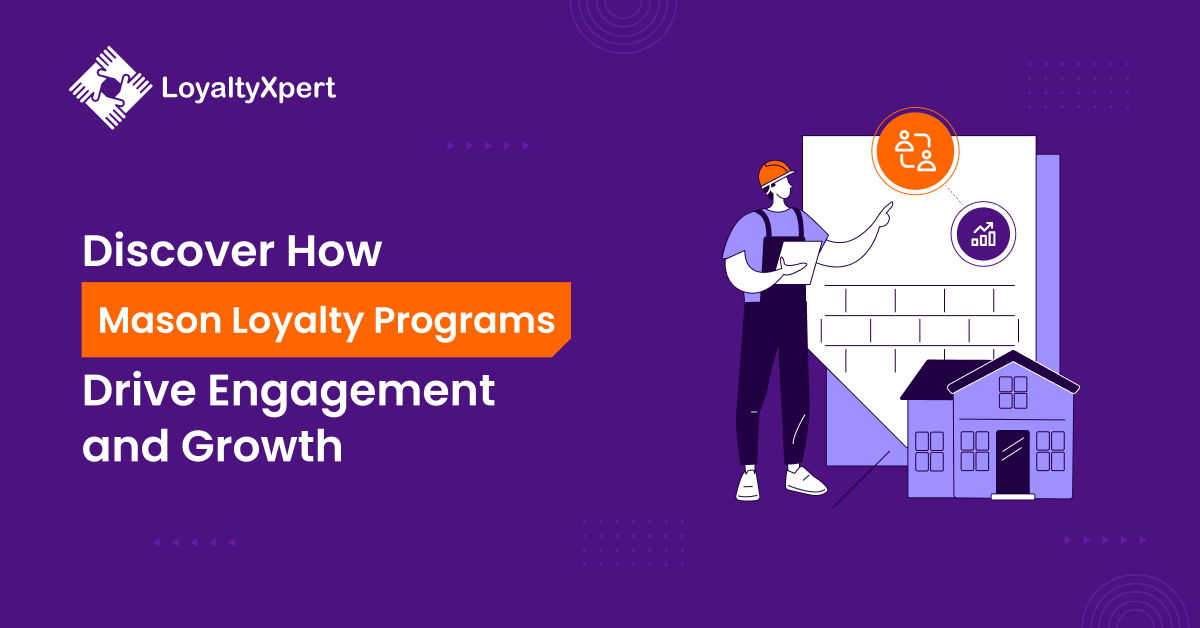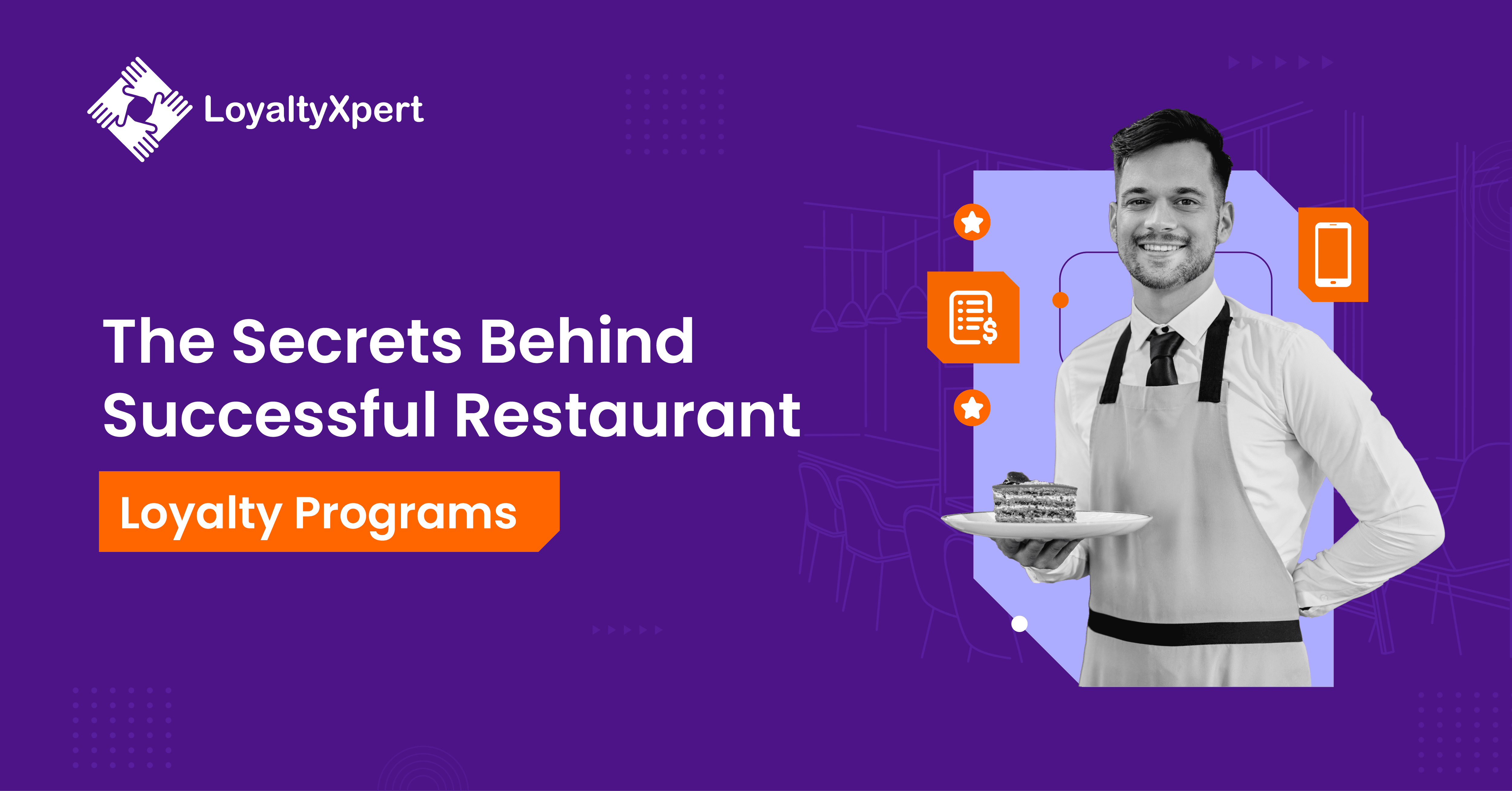
The Secrets Behind Successful Restaurant Loyalty Programs
Author
admin
Published on:
Jul 4, 2023
Table of Content
- 1. Lower Costs of Customer Acquisition
- 2. Greater Word-of-Mouth Publicity
- 3. Higher Profits and Revenue      Â
- 4. Higher CLV (Customer Lifetime Value)
- 1. Points-Based Loyalty Program
- 2. Item-Based Loyalty Program
- 3. Subscription-based rewards program
- 4. Promotional loyalty programs
- 1. DD Perks Dunkin Donuts
- 2. Starbucks Rewards Program
- 3. Au Bon Pain Rewards Program
See How Our Loyalty Program Can Help You.
Let us guide you through our product features with Loyalty Experts
Did you know that the restaurant industry has one of the lowest customer retention rates? A 2018 study found that while the media and professional services industry has the highest customer retention rate of 84%, the hospitality, travel, and restaurant sectors have the lowest rate of 55%.
Another study conducted by Thanx, Inc., a loyalty and guest engagement platform, found that seven out of every ten restaurant customers never make a return visit to the same restaurant after their first visit. Over the years, restaurant loyalty programs have proven to be extremely beneficial for restaurants, fast food chains, cafés, and diners when bringing in repeat business and boosting revenue.
This blog post discusses the benefits of restaurant loyalty programs as well as the different types of restaurant loyalty programs, with the latest examples.
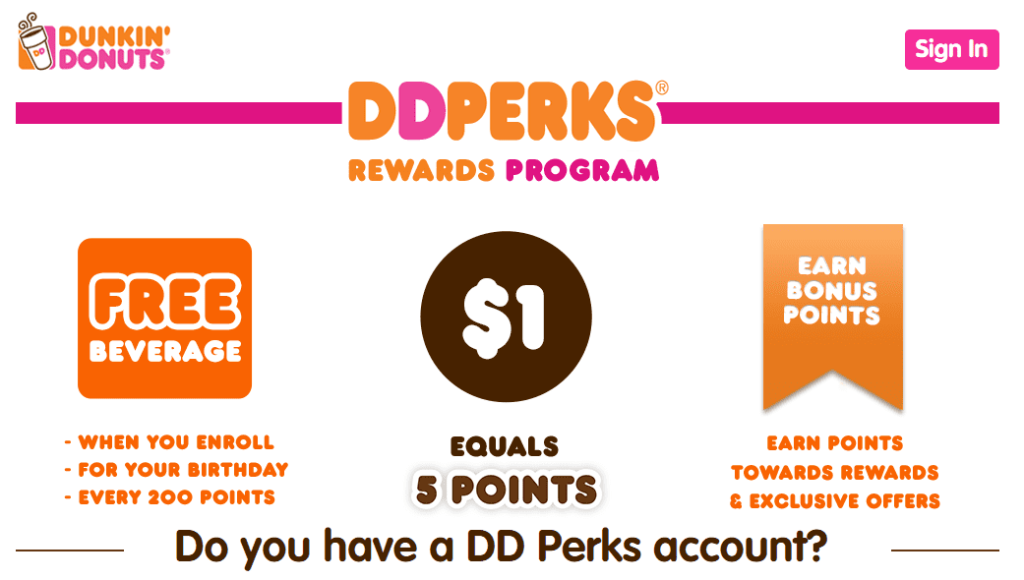 One of the best examples of a points-based restaurant loyalty program is Dunkin’ Donuts Rewards Program—DD Perks—which uses priority services as the main selling point. Under the program, loyalty members earn five points for every dollar they spend. They can use the points toward gift cards.
One of the best examples of a points-based restaurant loyalty program is Dunkin’ Donuts Rewards Program—DD Perks—which uses priority services as the main selling point. Under the program, loyalty members earn five points for every dollar they spend. They can use the points toward gift cards.
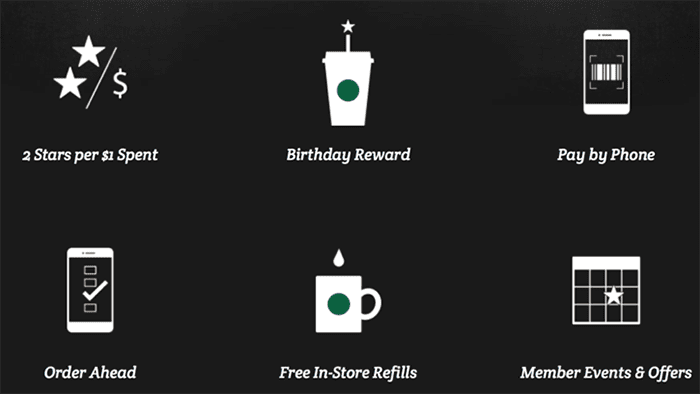 Some excellent examples of item-based loyalty programs are Starbucks Rewards for Green and Golden Status holders, which offer:
Some excellent examples of item-based loyalty programs are Starbucks Rewards for Green and Golden Status holders, which offer:
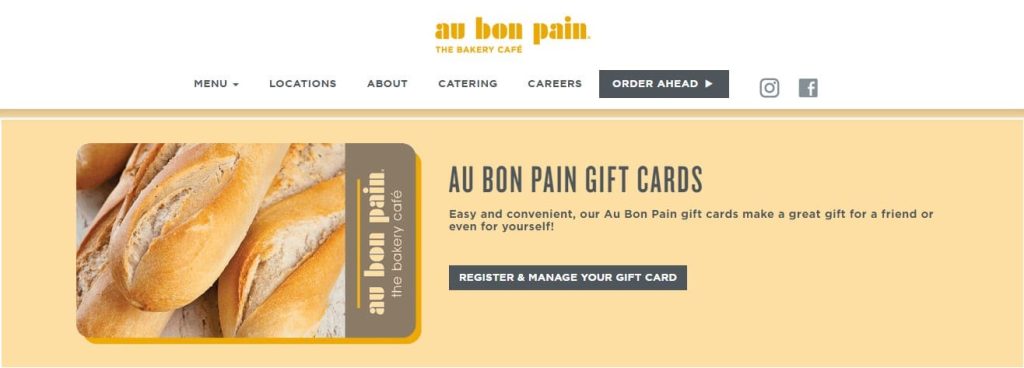 An excellent example of a subscription-based rewards program is the program of Au Bon Pain Under its subscription program, it provided unlimited coffee refills to the members of its Endless Coffee Mug club for a yearly subscription fee of USD 199. Apart from that, it also provided subscription members with an exclusive reusable mug.
An excellent example of a subscription-based rewards program is the program of Au Bon Pain Under its subscription program, it provided unlimited coffee refills to the members of its Endless Coffee Mug club for a yearly subscription fee of USD 199. Apart from that, it also provided subscription members with an exclusive reusable mug.
Benefits of a Restaurant Loyalty Program
Restaurants having a loyalty program benefits business in three primary ways to attract and keep customers:1. Lower Costs of Customer Acquisition
In a restaurant, the cost of acquiring new customers is significantly higher than the cost of retaining existing ones. That’s because the amount of money that eateries and restaurants spend on restaurant loyalty programs is only a fraction of what they spend on marketing and advertising costs. In addition to that, the investments made in restaurant loyalty programs can be measured and monitored.2. Greater Word-of-Mouth Publicity
The right restaurant loyalty programs will not only fare better than marketing and advertising campaigns but will also lead to more favourable word-of-mouth publicity. When customers get meaningful and valuable loyalty rewards and referrals, they are more likely to spread the word about their favourite restaurants and delicacies. It results in a win-win situation for all—the restaurants, customers, and their family members and friends.3. Higher Profits and Revenue
Higher profits and revenues are just a by-product you register after attracting more new customers and retaining existing ones. After getting positive word-of-mouth publicity, you will get more customers, and the majority of them will come to you repeatedly. Not just that, many of them will also bring more customers to you and set off a virtuous cycle.4. Higher CLV (Customer Lifetime Value)
A well-designed restaurant loyalty program will enhance customer lifetime value (CLV). CLV is a metric that measures the total amount a business (in this case, a restaurant) earns from the average customer over the entire lifetime of their account. If you succeed in creating and running effective restaurant loyalty programs, you will generate a higher lifetime value from your customers. Apart from that, you will also have more responsive and adventurous customers, who will be willing to give feedback and try out new menus and dishes in your restaurant. [pafe-template id="10457"]Types of Restaurant Loyalty Programs
When it comes to restaurant loyalty programs, there are four main types. We have also provided suitable examples of each type of loyalty program.- Points-based rewards
- Item-based rewards
- Subscription rewards
- Promotional rewards
1. Points-Based Loyalty Program
As you can guess from the name, members of this loyalty program get points for their transactions and interactions. Restaurants that offer points-based loyalty programs reward their customers and loyalty program members with specific points for specific spending or just for visiting the restaurant. The biggest benefit of using a points-based loyalty program is that it’s simple to manage and track. If you intend to use points-based restaurant loyalty programs, keep your rewards simple. When customers know what they can expect from the points-based loyalty program, they are more likely to participate.2. Item-Based Loyalty Program
As the name suggests, in an item-based loyalty program, customers get a free item after specific transactions or activities. A good example of an item-based loyalty program is providing a free food item after a certain number of purchases or taking part in some activities.3. Subscription-based rewards program
Under subscription-based rewards programs, subscribers receive rewards for touching specific milestones. The biggest advantage subscription-based rewards program is that it enables restaurants and eateries to build long-term relationships with customers who will pay a recurring subscription fee regularly (either monthly or yearly) to consume their favourite foods or beverages. It also provides restaurants access to upfront cash.4. Promotional loyalty programs
In this type of loyalty program, members receive loyalty rewards with expiration dates that encourage them to tuck in or take away from the restaurant during a specific window of time. Unlike other restaurant loyalty programs, promotional rewards don’t have to be pinned to specific programs. Many companies provide promotional rewards as surprise promotions to incentivize customers.Top 3 Examples of Loyalty Programs in the Restaurants Industry
Here a 3 Examples of the list of real-world restaurant loyalty programs you can use as inspiration:1. DD Perks Dunkin Donuts
Dunkin’ Donuts is an American-based coffee and doughnut company with over 12,000 shops in 45 countries and over 8 million loyal customers across the globe, They too participate in restaurant loyalty programs believing it to be central to customer retention and future revenue. One of the best examples of a points-based restaurant loyalty program is Dunkin’ Donuts Rewards Program—DD Perks—which uses priority services as the main selling point. Under the program, loyalty members earn five points for every dollar they spend. They can use the points toward gift cards.
One of the best examples of a points-based restaurant loyalty program is Dunkin’ Donuts Rewards Program—DD Perks—which uses priority services as the main selling point. Under the program, loyalty members earn five points for every dollar they spend. They can use the points toward gift cards.
2. Starbucks Rewards Program
Launched in 2009, this was the first loyalty program to be made available via a mobile app. Today Starbucks has more than 30,000 stores in 80 countries, half of them in the US. In 2021, their revenue reached an impressive $29 billion. Some excellent examples of item-based loyalty programs are Starbucks Rewards for Green and Golden Status holders, which offer:
Some excellent examples of item-based loyalty programs are Starbucks Rewards for Green and Golden Status holders, which offer:
- Free add-ons, food, and beverages
- Free birthday reward every year
- Free refills on brewed coffee and tea
3. Au Bon Pain Rewards Program
American fast casual restaurant, bakery, and café chain headquartered in Richardson, Texas and operates 175 locations in the United States, and Thailand. The company is currently owned by AMPEX Brands. An excellent example of a subscription-based rewards program is the program of Au Bon Pain Under its subscription program, it provided unlimited coffee refills to the members of its Endless Coffee Mug club for a yearly subscription fee of USD 199. Apart from that, it also provided subscription members with an exclusive reusable mug.
An excellent example of a subscription-based rewards program is the program of Au Bon Pain Under its subscription program, it provided unlimited coffee refills to the members of its Endless Coffee Mug club for a yearly subscription fee of USD 199. Apart from that, it also provided subscription members with an exclusive reusable mug.


